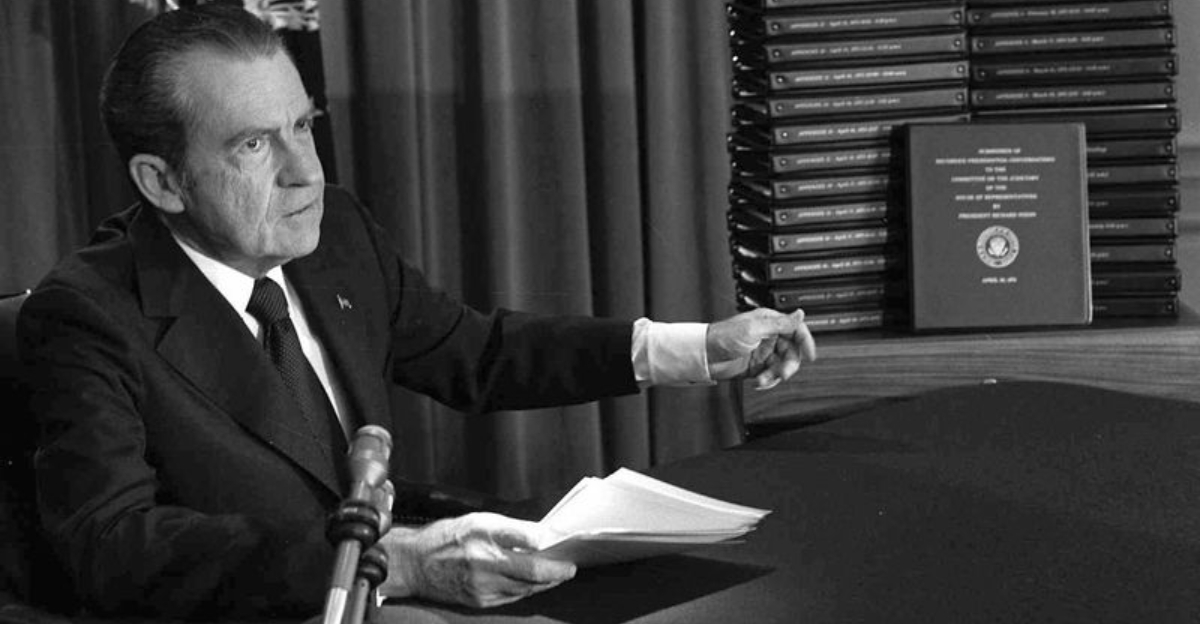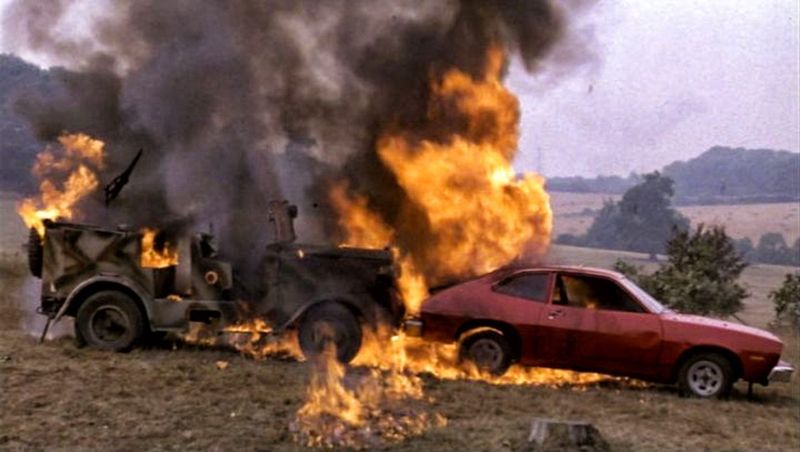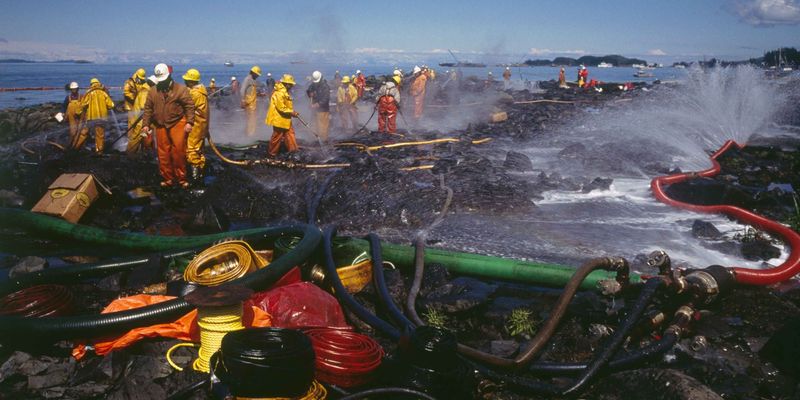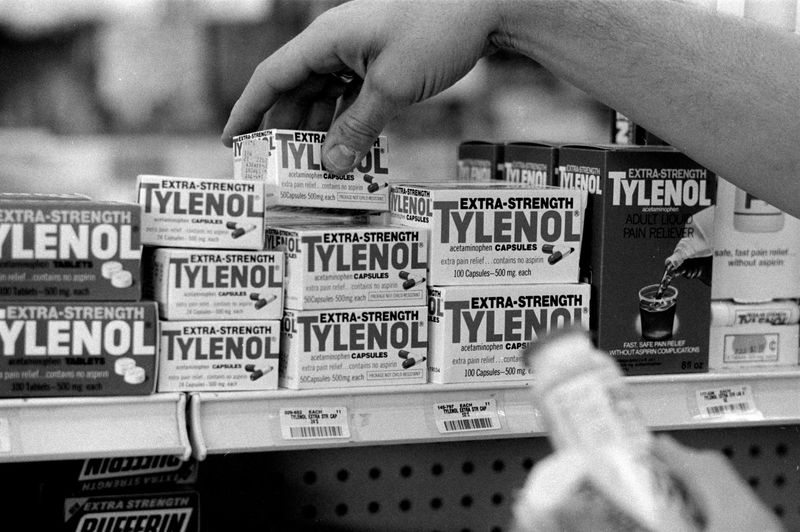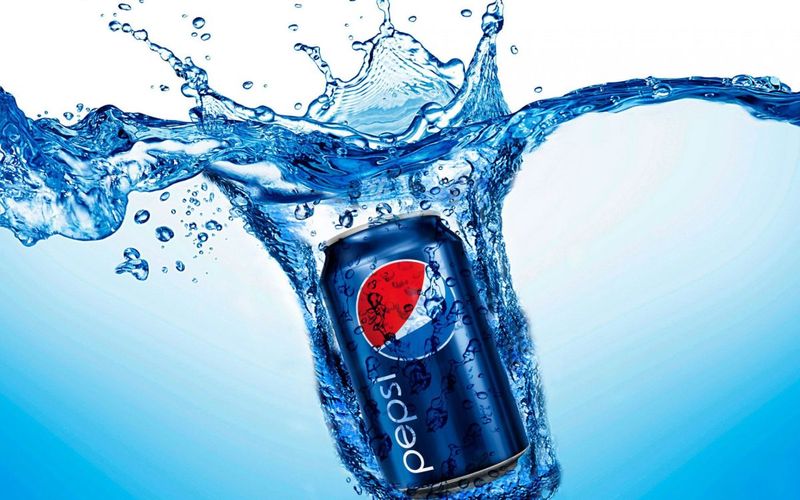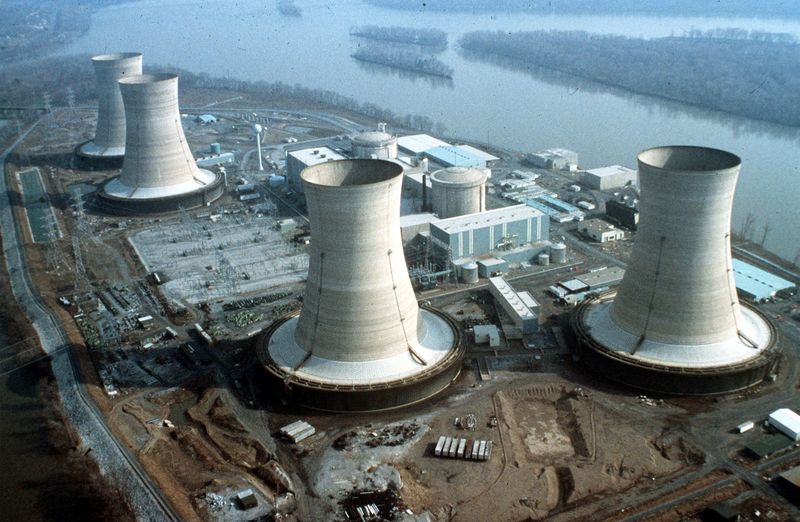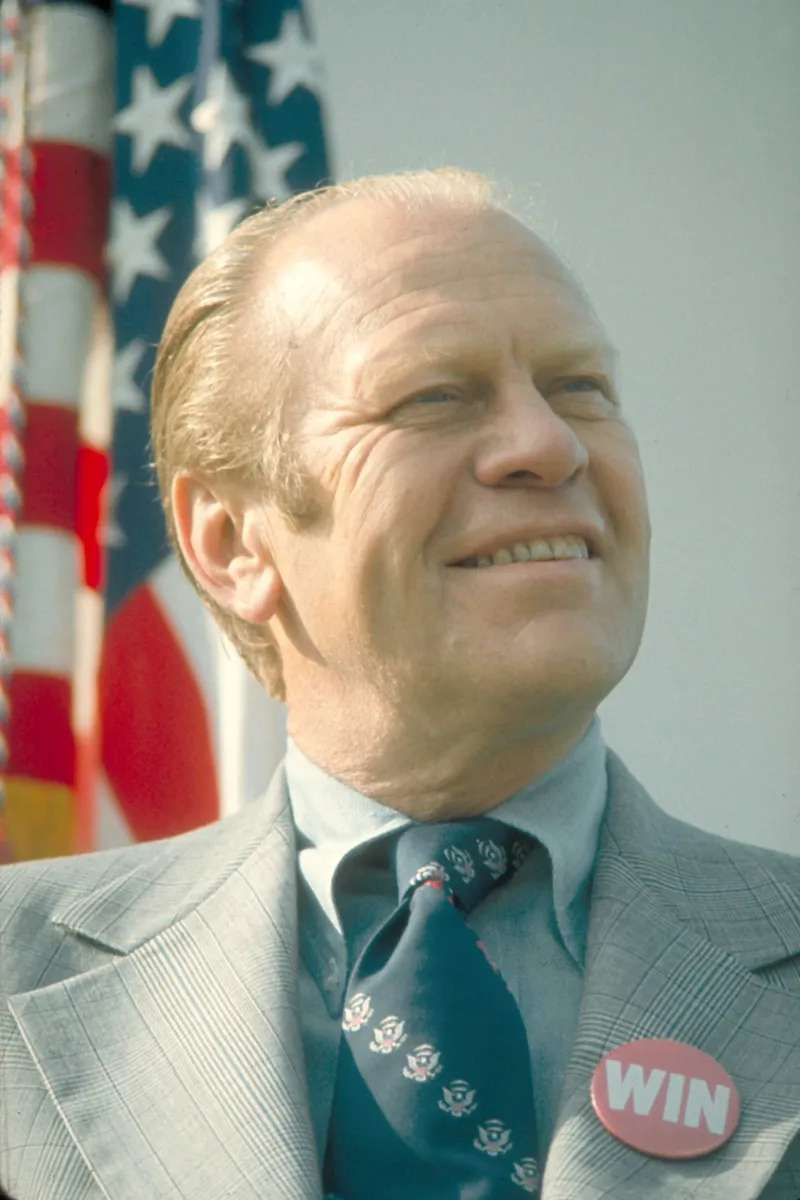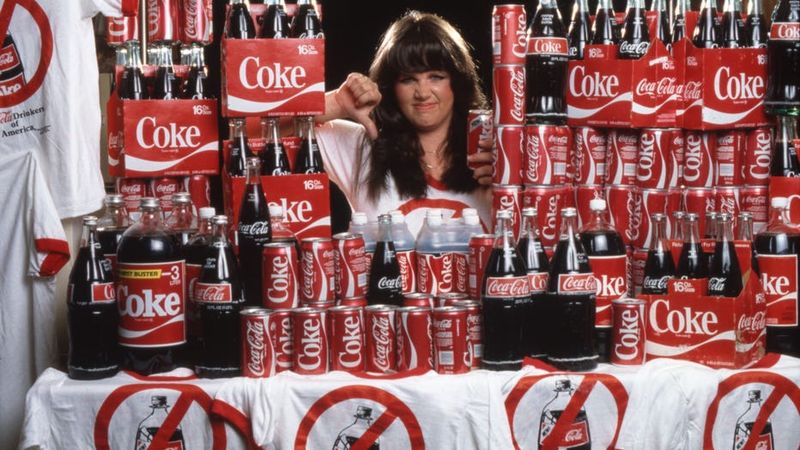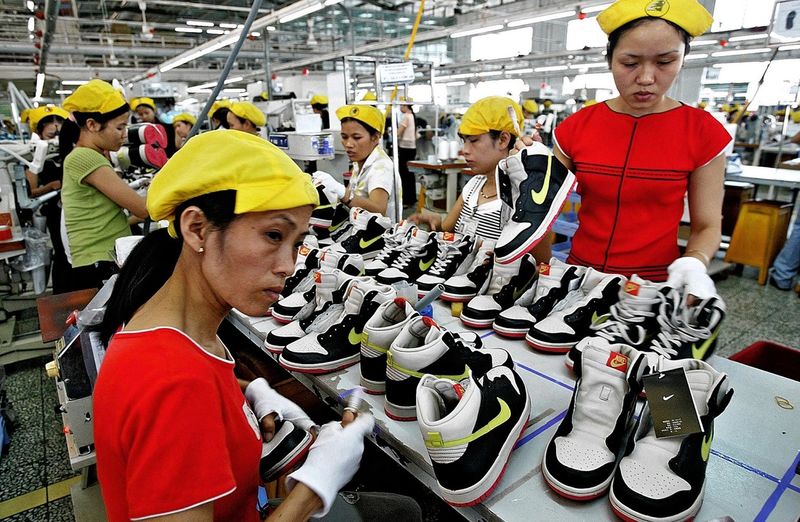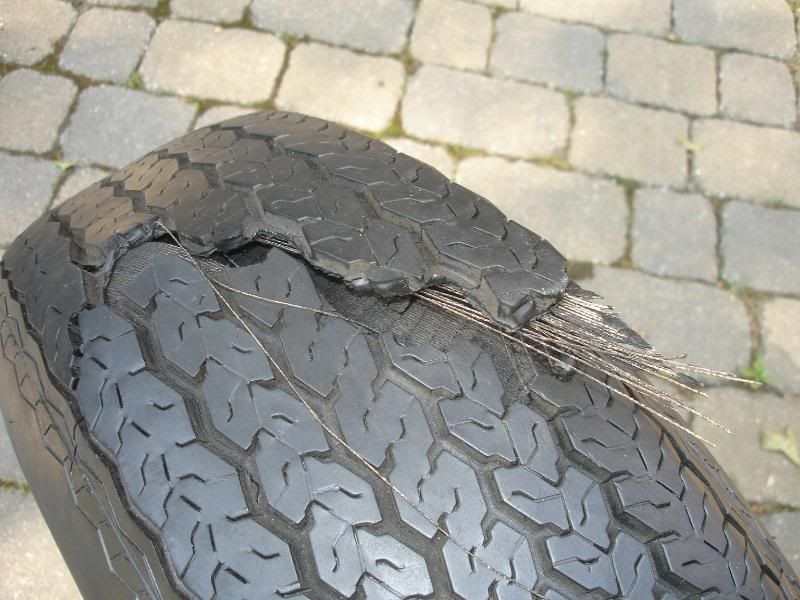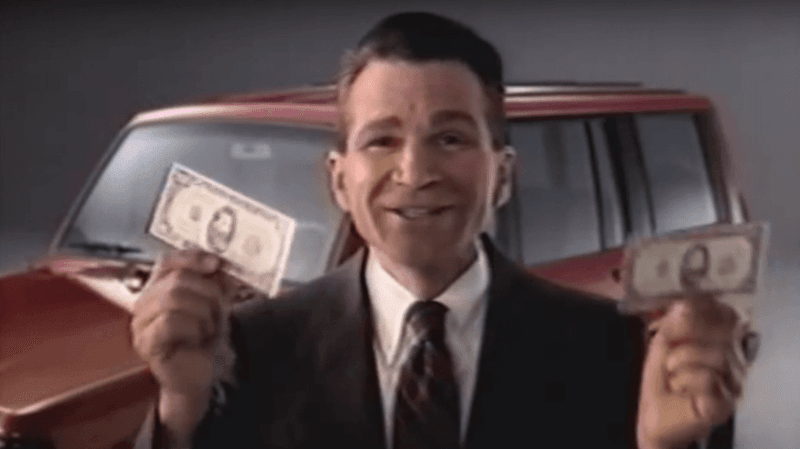Long before social media could make a scandal go viral in minutes, companies still managed to create massive PR nightmares that spread like wildfire.
Newspapers, television, and good old-fashioned word of mouth ensured that corporate mistakes reached millions of ears within days.
These pre-internet PR disasters remind us that bad news has always found a way to travel quickly, leaving lasting damage to reputations and bottom lines.
1. Ford Pinto Explosion Scandal (1970s)
Ford’s infamous memo calculating that paying for crash victims would be cheaper than fixing the Pinto’s explosive gas tank became a symbol of corporate callousness. When Mother Jones magazine exposed this cold calculation in 1977, public outrage spread through newspapers and television nationwide. Families who lost loved ones in fiery rear-end collisions became the human face of corporate negligence. The scandal ultimately forced Ford to recall 1.5 million vehicles and forever tarnished the company’s reputation. The Pinto case even inspired new business ethics courses in universities and became shorthand for putting profits over people.
2. Exxon Valdez Oil Spill (1989)
On March 24, 1989, the Exxon Valdez tanker struck a reef in Alaska’s Prince William Sound, spilling 11 million gallons of crude oil. Images of oil-soaked birds and devastated coastlines appeared on every TV screen and newspaper front page across America. CEO Lawrence Rawl waited nearly a week before responding and never visited the site personally. The company’s slow cleanup efforts and defensive statements only fueled public anger. The disaster killed hundreds of thousands of animals and cost Exxon billions in cleanup and legal fees. Even without social media, the catastrophe became an environmental rallying cry worldwide.
3. Tylenol Cyanide Poisonings (1982)
Panic erupted in Chicago when seven people died after taking cyanide-laced Tylenol capsules. Within days, frightening headlines appeared nationwide, and drugstores pulled Tylenol from shelves as parents frantically checked medicine cabinets. Johnson & Johnson faced a nightmare scenario: their trusted product had become a murder weapon. The company’s response ultimately became legendary – they recalled 31 million bottles worth $100 million and developed tamper-evident packaging. Before the internet could spread warnings, television news specials and newspaper alerts created nationwide awareness within 24 hours. The crisis temporarily destroyed Tylenol’s market share but eventually became a case study in effective crisis management.
4. Pepsi Syringe Scare (1993)
Summer 1993 brought a wave of consumer panic when more than 50 people across the country claimed to have found syringes in Diet Pepsi cans. News programs ran alarming footage of alleged discoveries, and sales plummeted overnight. Pepsi initially appeared defensive, creating public relations tension. The FDA soon determined most claims were copycat hoaxes, but damage control required extraordinary measures. Pepsi brilliantly aired surveillance footage showing it was impossible for tampering to occur during their high-speed canning process. They also produced the memorable “We’re still Pepsi” campaign featuring CEO Craig Weatherup drinking Diet Pepsi on live television, demonstrating how traditional media could both create and solve a PR crisis.
5. Three Mile Island Nuclear Accident (1979)
America’s worst commercial nuclear disaster began with a cooling system failure at Pennsylvania’s Three Mile Island plant. As radioactive gas released into the atmosphere, conflicting information from officials created mass confusion and terror. Pregnant women and young children evacuated while others wondered if they should flee. The 1979 theatrical release of “The China Syndrome” – a film about a nuclear accident coverup – just 12 days earlier amplified fears through eerie coincidence. Governor Richard Thornburgh finally restored some calm, but not before panic spread across the eastern seaboard. The accident effectively ended nuclear power plant construction in America for decades, showing how pre-internet fear could permanently reshape national energy policy.
6. Gerald Ford’s WIN Buttons (1974)
President Ford’s solution to America’s worst inflation crisis since World War II? Lapel buttons reading “WIN” (Whip Inflation Now). The campaign asked citizens to grow vegetable gardens and carpool while Ford sported the button during press conferences. Americans struggling with skyrocketing prices saw the buttons as insulting symbols of government ineffectiveness. Late-night comedians Johnny Carson and Bob Hope turned the campaign into national jokes within days. Ford’s economic advisors privately called the program “unbelievably stupid,” and the buttons quickly became collectors’ items representing tone-deaf leadership. The failed campaign demonstrated how quickly public mockery could spread through traditional entertainment channels and damage presidential credibility.
7. “New Coke” Fiasco (1985)
Coca-Cola’s announcement that they were changing their 99-year-old formula created immediate backlash. Outraged consumers formed protest groups, stockpiled original Coke, and bombarded the company with angry calls – 1,500 per day to the corporate office alone. Television news covered the story relentlessly. Americans treated the change like a national tragedy, with one man comparing it to “spitting on the flag.” Pepsi gleefully declared victory in newspaper ads. Just 79 days later, the company reintroduced the original formula as “Coca-Cola Classic” to cheering crowds. The rapid reversal showed how pre-internet consumer revolts could force even the world’s most recognized brand to abandon a $4 million research project and admit defeat.
8. Chrysler Bailout (1979–1980)
Chrysler’s near-collapse and subsequent government rescue sparked nationwide debate about corporate responsibility. Americans watched in disbelief as the once-mighty automaker begged Congress for $1.5 billion to avoid bankruptcy. Editorial cartoons portrayed CEO Lee Iacocca with his hand out, while union workers worried about their future. The bailout terms were harsh – Iacocca famously accepted just $1 annual salary as part of the deal. Chrysler’s recovery campaign featured Iacocca himself in television commercials with the tagline “If you can find a better car, buy it.” His straight-talking approach eventually won back consumer trust, but the company’s reputation for quality remained damaged for years. The saga demonstrated how traditional media could both crucify and rehabilitate a corporate image.
9. Taco Bell Chihuahua Backlash (Late 1990s)
Taco Bell’s Spanish-speaking Chihuahua mascot became an instant pop culture phenomenon with his catchphrase “¡Yo quiero Taco Bell!” The tiny dog appeared on t-shirts, toys, and even a float in Macy’s Thanksgiving parade. Hispanic advocacy groups quickly condemned the campaign for promoting stereotypes. Critics argued the ads reduced Mexican culture to a dog with an accent, while others claimed the Chihuahua reinforced negative associations with Mexico. Though Taco Bell defended the character as “just a dog who loves tacos,” the controversy grew through newspaper editorials and television debates. The company eventually retired the campaign in 2000, proving that cultural insensitivity could damage a brand’s reputation even before social media call-out culture.
10. CBS and the Nixon Tapes (1973)
When CBS News aired damning excerpts from the Nixon White House tapes, the administration launched an aggressive counter-attack. Press Secretary Ron Ziegler called the broadcast “distorted” while Nixon allies accused the network of liberal bias. The White House pressure campaign backfired spectacularly. Rather than intimidating journalists, it triggered more intensive coverage of the Watergate scandal across all three major networks. Americans gathered around television sets for nightly updates on the unfolding drama. The administration’s heavy-handed response to the initial broadcast only amplified public interest in the scandal. This pre-internet media firestorm demonstrated how attacking the messenger could transform a one-day story into a presidency-ending catastrophe.
11. Nike’s Sweatshop Scandal (1990s)
Nike’s glamorous image crumbled when reports emerged about abysmal working conditions in its Asian factories. Workers as young as 14 earned pennies per hour while making shoes that sold for over $100, a contrast that outraged consumers. College students protested campus Nike sponsorships. Labor activists distributed flyers outside Nike stores, and documentary filmmakers captured footage of deplorable factory conditions. CEO Phil Knight initially dismissed critics as uninformed troublemakers, a response that only intensified the backlash. The scandal forced Nike to establish a corporate responsibility department and allow independent factory monitoring. This pre-social media activism demonstrated how grassroots organizing through traditional channels could force a global brand to address ethical failures.
12. Firestone Tire Recall (1978)
Firestone’s Radial 500 steel-belted tires began failing catastrophically on highways across America. The company initially blamed drivers for improper maintenance while reports of deadly accidents mounted in newspapers nationwide. Congressional hearings featured heartbreaking testimony from families who lost loved ones in tire-related crashes. Television coverage showed the tires’ treads separating completely from their casings at high speeds. Firestone eventually recalled 10 million tires but not before their stonewalling created a reputation for callousness. The National Highway Traffic Safety Administration received over 14,000 complaints about the tires. This pre-internet safety scandal demonstrated how traditional media could amplify consumer voices and force corporate accountability despite company resistance.
13. McDonald’s “McLibel” Trial (1997)
McDonald’s sued two British activists for distributing leaflets accusing the company of environmental destruction, worker exploitation, and unhealthy food. The fast-food giant expected a quick victory against the unemployed environmentalists. Instead, the case became the longest civil trial in British history. Helen Steel and Dave Morris represented themselves, turning courtroom proceedings into a public examination of McDonald’s business practices. International newspapers covered the David-versus-Goliath story extensively. Though McDonald’s technically won, the judge upheld several allegations about low wages and misleading advertising. The company’s heavy-handed legal approach created far more negative publicity than the original leaflets ever could have, demonstrating how pre-internet corporate bullying could spectacularly backfire through traditional media channels.
14. The “Isuzu Guy” Lie (1990s)
Isuzu’s commercial campaign featured actor David Leisure as “Joe Isuzu,” a pathologically lying car salesman who made outrageous claims while text corrections appeared on screen. One ad showed him promising that Isuzu trucks could scale Mount Everest. The campaign initially won advertising awards for its humor. Soon, however, car dealers reported that customers associated Isuzu with dishonesty rather than clever satire. Consumer focus groups revealed the ads reinforced negative stereotypes about car salespeople while creating distrust in the Isuzu brand itself. Sales declined despite the campaign’s creative recognition. This pre-digital marketing misfire showed how even widely recognized advertising could damage brand perception when the joke’s premise conflicted with consumer trust concerns.
15. Dow Corning Breast Implant Controversy (1990s)
Thousands of women with silicone breast implants reported mysterious autoimmune symptoms including joint pain, fatigue, and cognitive problems. Dow Corning, the leading implant manufacturer, insisted their products were safe despite mounting evidence to the contrary. Television talk shows featured emotional testimony from affected women. Medical journalists published investigative reports revealing the company had hidden internal safety concerns for years. The FDA banned silicone implants in 1992, and Dow Corning eventually filed for bankruptcy protection after facing 20,000 lawsuits. This pre-internet health scandal spread primarily through women’s magazines, television documentaries, and support group networks. It demonstrated how even before online patient communities, medical consumers could organize effectively against corporate denial.
16. Apple’s PowerBook 5300 Flop (1995)
Apple’s PowerBook 5300 was supposed to showcase the company’s innovative spirit during a difficult financial period. Instead, the laptop became infamous when its lithium-ion batteries caught fire during testing, forcing a switch to older battery technology before release. Hardware problems multiplied after launch: cracking cases, overheating issues, and faulty power adapters. Computer magazines published scathing reviews while business publications questioned Apple’s quality control. The PowerBook debacle came during Apple’s darkest pre-Jobs-return period, with the company’s very survival in question. Though lacking viral videos of exploding laptops that would dominate social media today, the scandal spread through technology publications and user groups, severely damaging Apple’s reputation for quality and contributing to its mid-90s decline.
17. TWA Flight 800 Media Mayhem (1996)
When TWA Flight 800 exploded off Long Island, killing all 230 people aboard, the absence of clear information created a vacuum filled with speculation. Pierre Salinger, a former Kennedy press secretary, appeared on television claiming the plane was accidentally shot down by a U.S. Navy missile. Eyewitness accounts of “streaks of light” before the explosion fueled conspiracy theories. Major newspapers and networks reported on these claims alongside the official investigation, creating public confusion. The four-year NTSB investigation eventually determined that a fuel tank explosion caused the crash. But by then, alternative theories had taken root in public consciousness. This tragedy illustrated how pre-internet information chaos could develop when official communication faltered during breaking news events.
